Two years ago, I joined Pythian. This was my introduction to working in “tech.” The only hint of what working in tech might be like came from binge watching TV series such as “Silicon Valley” and movies like “The Social Network” and “Steve Jobs.” Between what I watched and what I actually experienced, there was one thing in common: Being a female, I was definitely in the minority!
Don’t get me wrong. I enjoy working with my male colleagues and it’s great to see how many of them are true allies. But I can’t help but wonder, “why don’t we have more women in tech?” Pythian’s motto is “Love Your Data.” So being a Pythianite, I turned to the data to get some answers.
Women in Tech: The Stats
One reason women are underrepresented in the tech industry is because of education. Currently, the number of women who are studying in STEM fields (Science, Technology, Engineering, and Mathematics) is significantly less than their male counterparts.
According to UNESCO’s “Cracking the code: Girls’ and women’s education in STEM,” only 35% of STEM students globally are women. Within the field of Information and Communication Technologies (ICT), just 3% of students are females. So even before women enter the workforce, few are getting educated in fields that would provide a future gateway to a career in tech. This leads to a gender-biased talent pool from which hiring managers recruit.
Based on annual diversity reports from some top Tech companies in 2018 and 2019, the number of women in technical roles globally is less than a quarter:
What this Means
With this underrepresentation of women in the tech industry, women can feel isolated, lack female role models, are less likely to obtain leadership roles, and (at it’s worse) are forced to deal with “bro” culture in the workplace.
We need to get more women in tech. When you look at the future of job growth and where the best opportunities exist, tech is at the forefront. A STEM-based education can give women a great advantage in this regard.
According to LinkedIn’s 2020 Emerging Jobs report which highlights US jobs experiencing tremendous growth, the majority of careers in the top 15 require education in computer science or engineering. That includes jobs like a Site Reliability Engineer, Artificial Intelligence Specialist, Cybersecurity Specialist, and Cloud Engineer.
Therefore, it’s essential for women to gain the skills and experience to match these high growth opportunities. This will prevent an even larger disparity between men and women in the future.
Benefits of Women in Tech
As the job market expands with more technical roles, we can all benefit from having a more inclusive workforce. When it comes to the bottom line, diversity generates more revenue. By having more women in tech, we’ll see an increase in creativity, problem-solving, team performance, and innovation. This will lead to better products and solutions that will meet customer needs.
Also, according to Google’s Unconscious Bias Training, companies with higher proportions of women on the Board of Directors outperform others by 53%. It’s clear everyone benefits from gender diversity.
What Pythian Is Doing About This
To help support our female team members, Pythian has an employee resource group affectionately known as “The Pythia Program.” This program is about finding, retaining, and advancing the top female minds in tech to increase the diversity of our talent base. Some of the things that we’ve done in the Pythia Program include:
- Having an all-female Slack channel to connect and chat with other women.
- Annual celebration of International Women’s Day.
- Virtual Pythia meetups.
- All female mentoring program
- A generous maternity leave benefit to encourage our female professionals to grow their career and care for their family.
Personally, I loved the mentoring program. In fact, my mentor and I still regularly connect after being matched together over a year ago! My hope is that the Pythia Program and our female talent-base continues to grow. Here’s a short video that Pythian published on International Women’s Day, highlighting the women at Pythian!
Advice for Women in Tech
I can’t help but admire my female colleagues who are constantly breaking down barriers. Though I work in the tech industry, I’m not in a “tech” role: I’m tech adjacent. That’s why I sought out the advice of my technical female colleagues. I wanted to understand and learn from their perspective, gain insights on working in the field, and offer advice to any woman who wants to pursue a career in this industry. Here’s what they had to say:
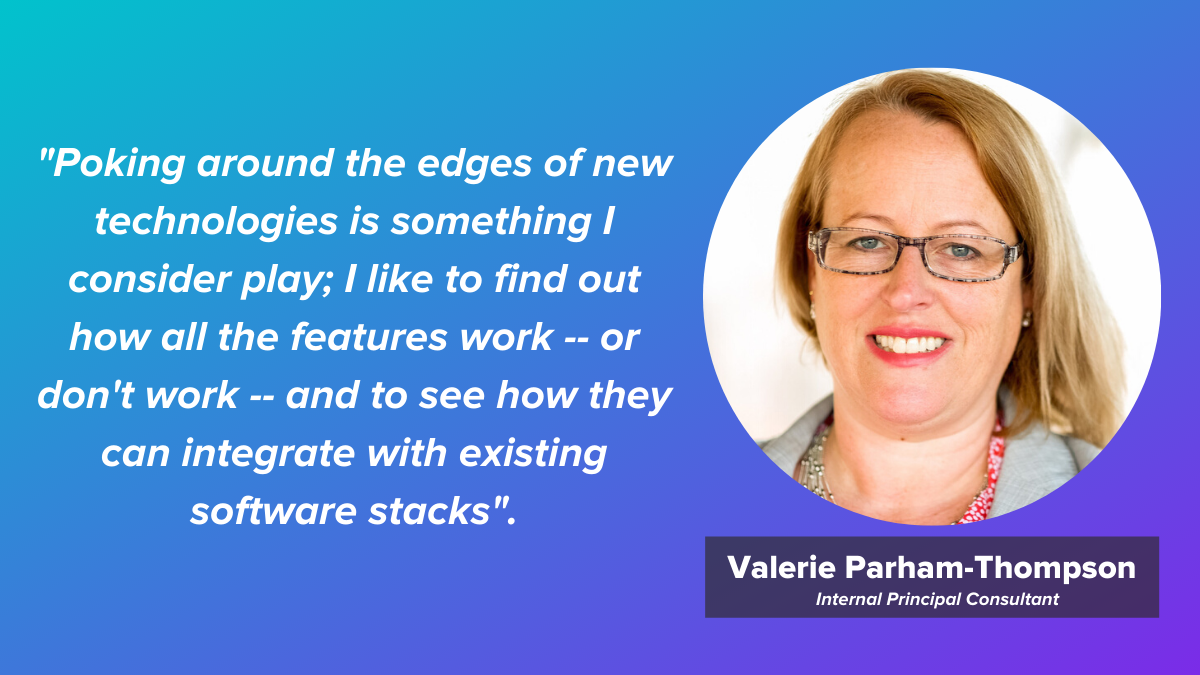
I didn’t start in Tech. I’ve always been entrepreneurial, and found myself in the business school of my university. On graduation, many of my peers went on to internships at places like Procter & Gamble, but that didn’t excite me. I founded and closed a variety of small businesses for several years. Between businesses, one of my day jobs was working as the solo admin in an editorial office. When I joined, everything was done with paper manuscripts and kept the overnight delivery services busy. I left them with an online submission process and a custom tracking database system.
My next business, of course, was building web-based database systems. Eventually, I joined an email marketing company in its mid-startup phase. At that point, I chose the database fork in the road. It’s been great to have coding and automation take a leading role in database administration, especially at Pythian, because I can re-consolidate those skills.
Common Questions
Here are some questions I’m frequently asked:
Is it challenging to constantly keep your skills up-to-date with the latest technology? What do you do to stay current?
It’s time-consuming, but I wouldn’t say it’s challenging. Poking around the edges of new technologies is something I consider play; I like to find out how all the features work (or don’t work) and to see how they can integrate with existing software stacks.
One of my favorite things to do is to wake up early on the weekend, when even the dogs aren’t yet awake, and spend some time coding or experimenting with new tools. This past weekend, I dug into the codebase for an open-source project called LanguageTool, a grammar checker.
My daughter has a variety of visual challenges that affect her ability to write. By contributing grammar rules to this project, I can help her and others like her. This is very meaningful to me. I had to lean on my linguistics background from my college days and learn a lot more on top of that. It was energizing!
We’re lucky at Pythian in that learning new technologies is highly valued. We can often spend time at work improving our skills and learning new things.
What do you think can be done to attract more women to tech jobs?
It’s important that kids see and understand all the career opportunities that are available to them.
When I was young, I could see what my parents did, what my teachers did, and maybe what a handful of other adults did for work. I caught a few more glimpses in books. But I didn’t know about the rich variety of things that adults do to make money and create meaning.
So, What Do We Do?
First, kids need to know that jobs like “Database Administrator” exist. Then, they need to understand how rewarding tech jobs, in particular, can be. Those who love to solve logic puzzles, who like to take things apart or build things, or who are endlessly curious about how things work – these folks will thrive in tech.
Secondly, there’s a lot of focus on the business side of tech, and that’s exciting too. However, there are a lot of “makers” inside those businesses. Hands-on problem-solvers often “find their people” in tech.
Lastly, not only do women need to see that the jobs exist, but they need to visualize themselves doing that job. People who study this kind of thing have discovered that there are plenty of young women who are interested in tech, but that interest drops off in college or right after.
There’s certainly truth to the assertion that new women technologists are often made very uncomfortable in tech businesses for a variety of reasons. In these moments, often what inspired me was being able to see that there were more experienced women succeeding ahead of me.
Making women in Tech more visible helps on all these levels. I donate my time in the community to support groups like the Girl Scouts and to work as a judge for coding challenges. I do anything I can to make sure that girls and young women see us in these STEM roles. And articles like this help, so thank you!
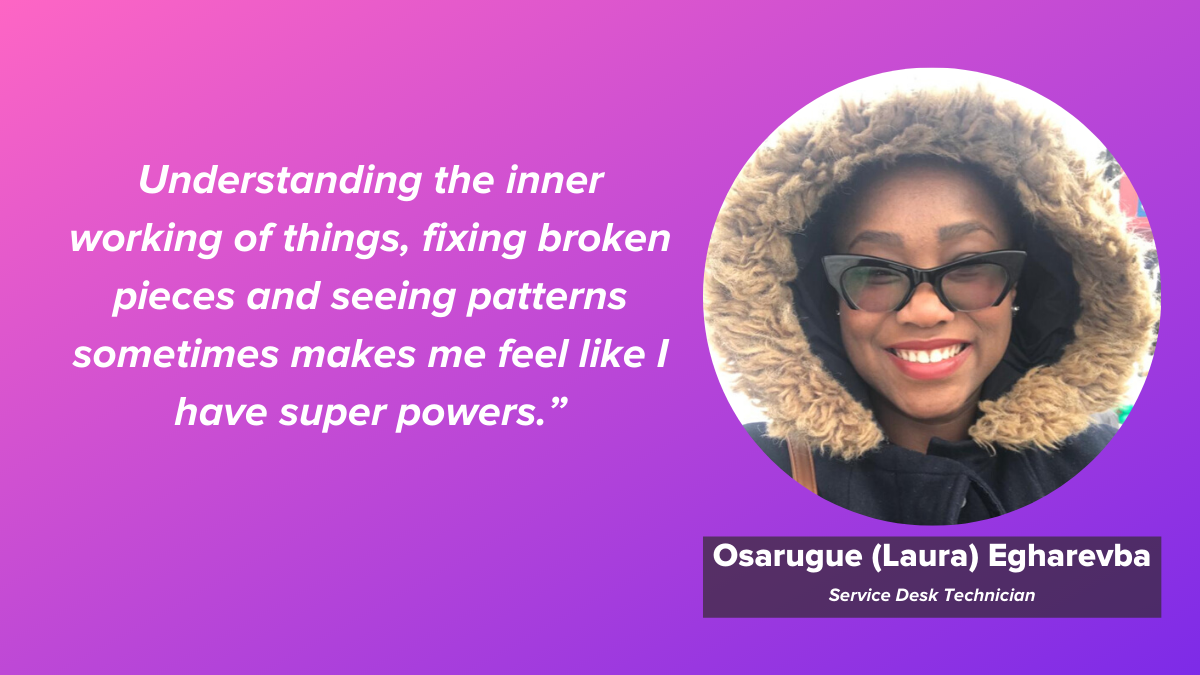
How did you acquire the skills you need for your position?
Learning is an ongoing process for me and I acquire skills daily. For my first experience, it was mainly self-taught through books and video training, and then going the extra mile to “practicalize.” Lastly, I’m never scared to ask questions, and that has helped my learning process.
What are the biggest misconceptions about working in tech and how can we dispel them?
For me, I’d say:
- “You need to be a man to work in tech.” Working in tech is more a function of your reasoning abilities and less of your physical attributes. Thus, gender has absolutely no role to play in your abilities and successes as a technical person.
- “You need a background in tech to work in tech.“I learnt more from actually doing and experimenting rather than from a curriculum. Regardless of your background or schooling, I believe that if you have the passion and interest in technology, you might actually even do better than someone with a formal education in technology. The most important pieces for me are interest and passion, simply because people are wired to go the “extra mile” for things we’re passionate about.
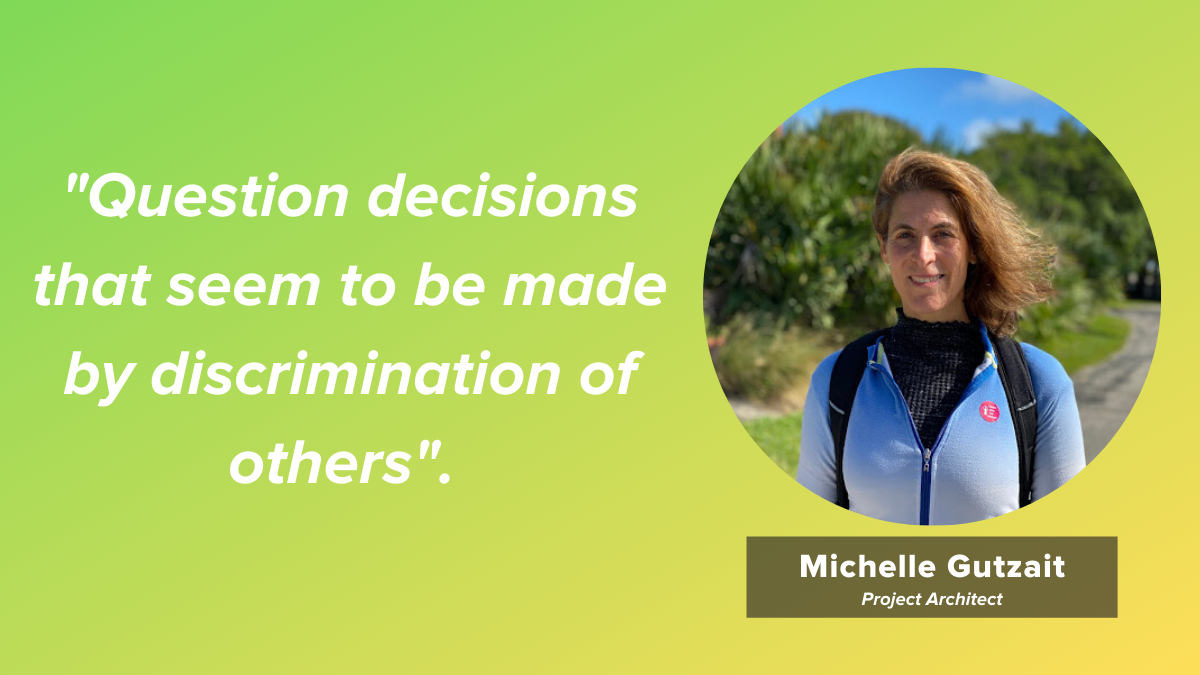
“I started my career in IT 35 years ago, by chance. I finished High School at a very young age and I was not sure what I wanted to do. My mother was looking for career opportunities for me and, knowing that I loved math and science, she suggested I study computers.
I was very skeptical at the time and was sure this profession would not be a good fit for me, but I started anyways.
To my surprise, most of the students were men and a few months into the studies, I fell in love with the profession. I was very lucky after I graduated and have been selected to be part of a very prestigious and innovative project, during which I was able to advance my career in a very short time, undergoing many professional courses and even being a Team Lead. In that project, half of us were women.
After moving to Canada, I’ve noticed that the IT sector is male dominated but I’ve never felt discriminated against by gender. However, being part of a few “Women in Tech” panels in the US and Canada, I realized that other women have experienced gender discrimination, especially managerial roles. Some women mentioned that the discrimination came from other women rather than men!
I love the challenges of our profession. Working at Pythian has been a great experience because we can be rock stars by resolving issues for our clients.”
How can women help other women?
By supporting and empowering each other!
However, I believe it makes a lot of sense to educate men on how to reduce/prevent gender discrimination against women, as many of them are not even aware of what they can do to help.
Surprisingly, many men attended our “Women in Tech” panels because they wanted to know how they can help. Most of them agree that they are not aware of any discrimination, but that they are eager to acquire skills and implement methods that will help women in their organizations.
In some of those panels, Human Resources personnel were attending. Here are some of the tips discussed (generally around discrimination):
- If someone is trying to diminish someone else during a meeting, a third person should politely and seamlessly intervene to re-empower the diminished person. We’ve learned ways to do this.
- Freely question decisions that seem to be discriminatory, if you can.
- Words are strong. Publicly empower and flatter whoever deserves it.
What are your top three tips for young women who are considering a career in technology?
- Don’t be afraid to chase the career you desire.
- Be assertive.
- Be confident.
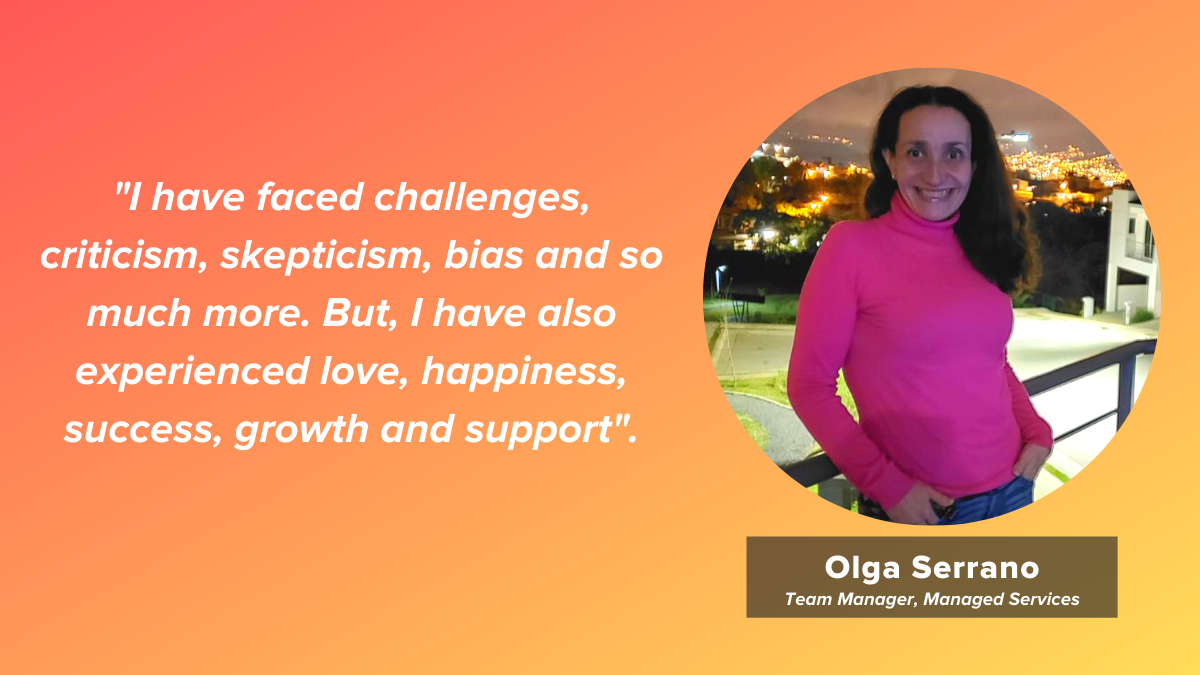
“Being a woman in tech has been fascinating. I have loved every step of the way. Surely, it hasn’t been easy, especially not in Costa Rica and even less so 20 years ago when I started working in this industry. I have faced challenges, criticism, skepticism, bias and so much more. But also, I have experienced love, happiness, success, growth and support. I’m not so sure if I took this path knowing how much I would enjoy this world or if it was a jump in the dark. However, here I’m loving it, learning every single day and bringing my strong side to the success of Pythian.”
What is the number one thing men can do to be allies of women in Tech?
Play a supportive role by respecting their colleague’s contributions, while being mindful of the unconscious bias that exists in the industry. This will help foster lasting change in tech.
What are some of the misconceptions/myths about women working in the technology space that you’d like to dispel?
- Women are not good at tech roles.
- Work/life balance is not possible in the IT world.
- A woman’s emotional life is a “bad” thing.
Are there other women in the tech industry who inspire you?
Yes! Many of them. However, I would like to showcase two of my colleagues who rock at their jobs and inspire many women around them: Michelle Gutzait and Kasia Wakarecy. Their work is just amazing, and seeing them succeed is such a pleasure.
Empowering Women
While we have a long way to go until we reach gender equality in the tech industry, there are a lot of great initiatives that support women in Tech. Here are some resources recommended by our female team members:
- Women in Technology (WIT)
- Girls in Tech
- Black Girls Code
- Girls Who Code
- There are technical events for Microsoft techies called “Users Groups” and “SQL Saturdays.” There are often “Women in Technology” panels as well. Michelle is one of the organizers of the Montreal and Quebec City panels.
- Take advantage of local Tech meetup groups. They’re always a great source of knowledge.
Interested in being part of the Pythian team? Learn more about our career opportunities, perks, and #pythianlife here.
Share this
You May Also Like
These Related Stories

Pythian Postcards: Selamat Datang Ke Singapore!

From Lake Simcoe to Oakville
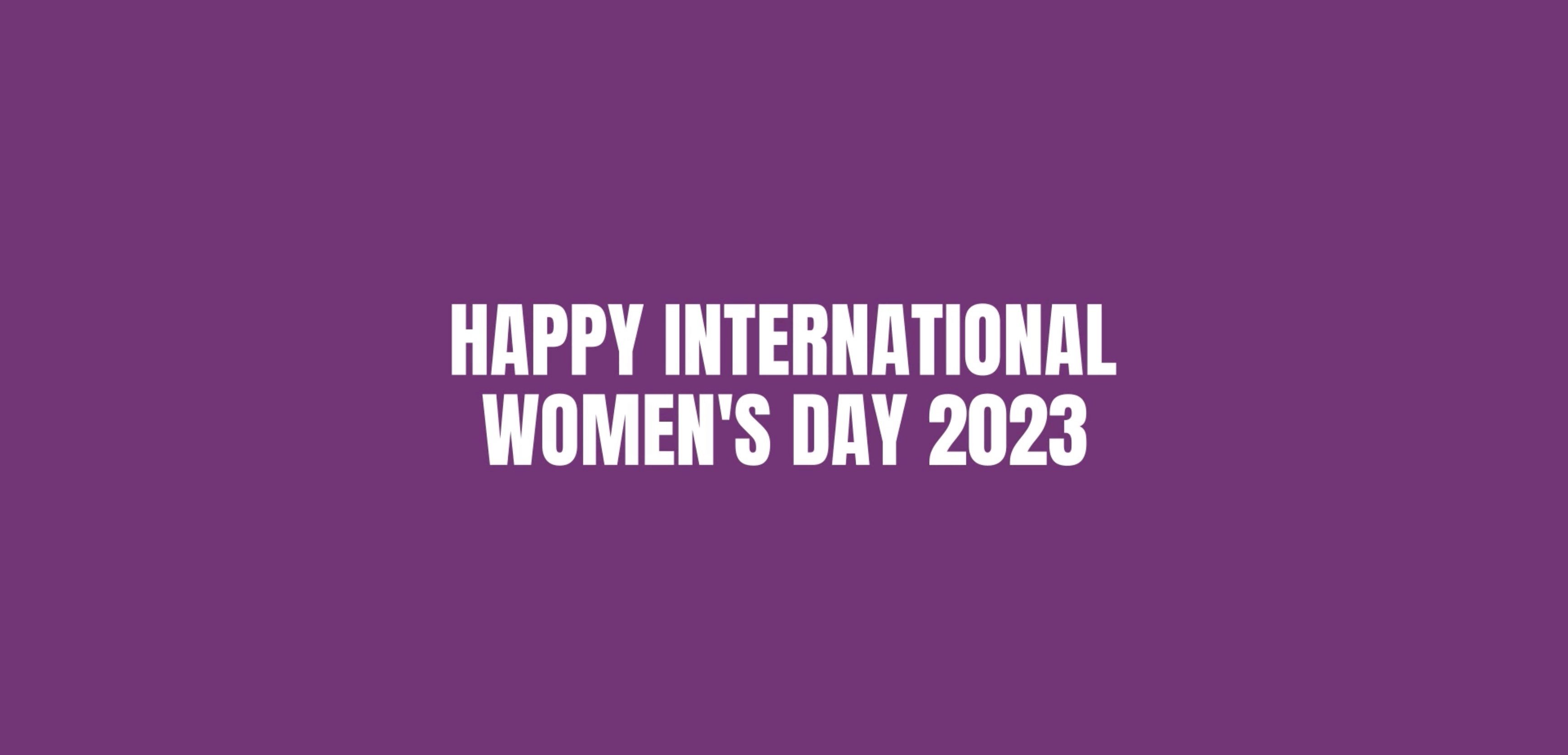
No Comments Yet
Let us know what you think